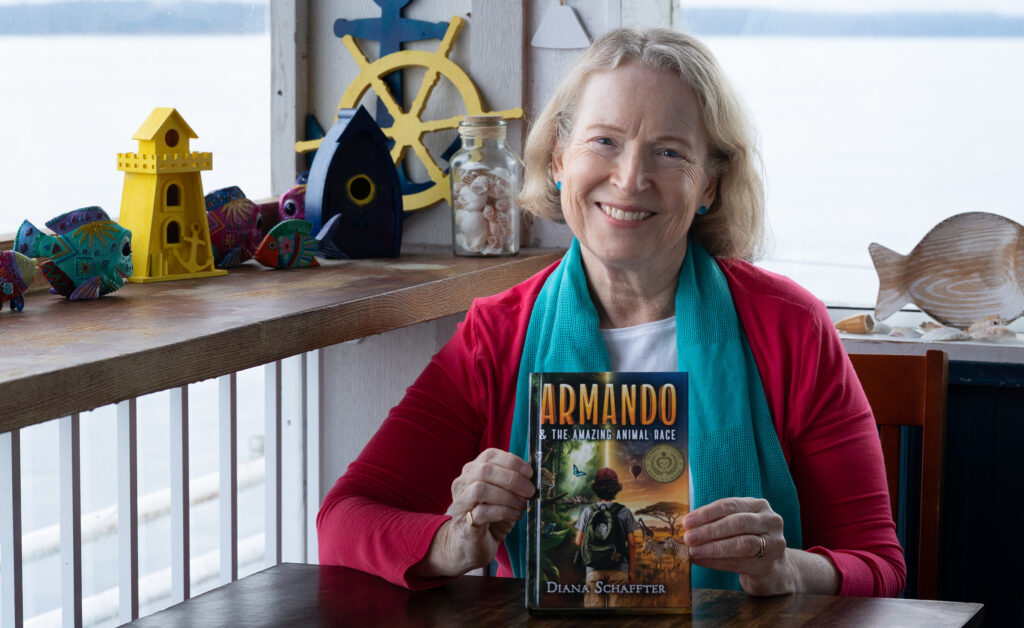by Sherrin Griffin, Sidney SeniorCare –
Don’t tell my husband, but I have always dreamed of spending my retirement years in a sprawling house with my girlfriends: cooking and drinking wine together; laughing over old stories; and sharing our similar views, hopes and dreams. Don’t get me wrong: we love the men in our lives, but the reality is women just “get each other,” and what could be more perfect than a mutually-beneficial shared living arrangement where women cohabitate, share their resources and support each other through their golden years?
As a young girl, I remember my mother telling me: “Remember that men will come and go, but girlfriends are forever!” And when my husband and I decided not to have children, she reiterated “Keep your girlfriends close; you’ll need them!”
My Mother was right! Researchers have documented sharp increases in “grey divorce” rates among baby boomers, noting that longer life spans don’t always translate to longer marriages. Being together for more years may equate to couples growing apart. As women approach the final chapter of their lives, they are no longer content to “settle,” as their ancestors might have before them, and look to maximize their happiness with those they have more in common with. These days, more women have the financial resources and the confidence to strike out on their own, especially after their children leave the family home. With a multitude of support systems to help, and more of their peers doing the same, grey divorcees have become socially acceptable without the stigma experienced in prior generations.
After divorce, reports show that older men are far more likely to get remarried than older women. Women tend to have a more tightly-knit supportive network of friends and relatives that they regularly connect with and sustain throughout their lives.
In my research, I discovered that my idea of living with like-minded women is not as unique as I thought. In the 14th century, widows in Northern Europe lived and worked together in shared living communities called “beguines,” a shunned, yet for many necessary, way of life at the time since most widows in that era had to choose between becoming a nun or living in poverty as an outcast.
Perhaps more relatable is the popular 1980s sitcom The Golden Girls, where four older female roommates lived together and supported each other through life after divorce and widowhood.
In my opinion, this “Golden Girls” model just makes sense. Even financially-independent single older women should conserve their finances, and sharing accommodations, utilities and other living expenses will help them do that. There could be mobility issues or other health crises down the road and that’s scary to cope with while living alone. As well, many single older women have children who live far away or are simply too busy with their own lives to care for or visit a parent consistently.
Upon further investigation, I’ve discovered specific cases where women, all ages, all over the world, have created their own shared living communities to share resources, help raise children, help support the elderly, connect socially and take care of one another.
Even our own federal government seems on board as evidenced by its recent announcement of a $150,000 funding contribution for an innovative “by women, for women” housing project in Vancouver that is designed, developed and run exclusively by women to meet the needs of women, and, in this case, prioritize Indigenous female-led families.
And so as relationship professionals, city planners, developers and even governments recognize the value of these “deliberate communities,” I realize that my childhood dream of living with my girlfriends has had more far-reaching implications than I could have ever realized.




